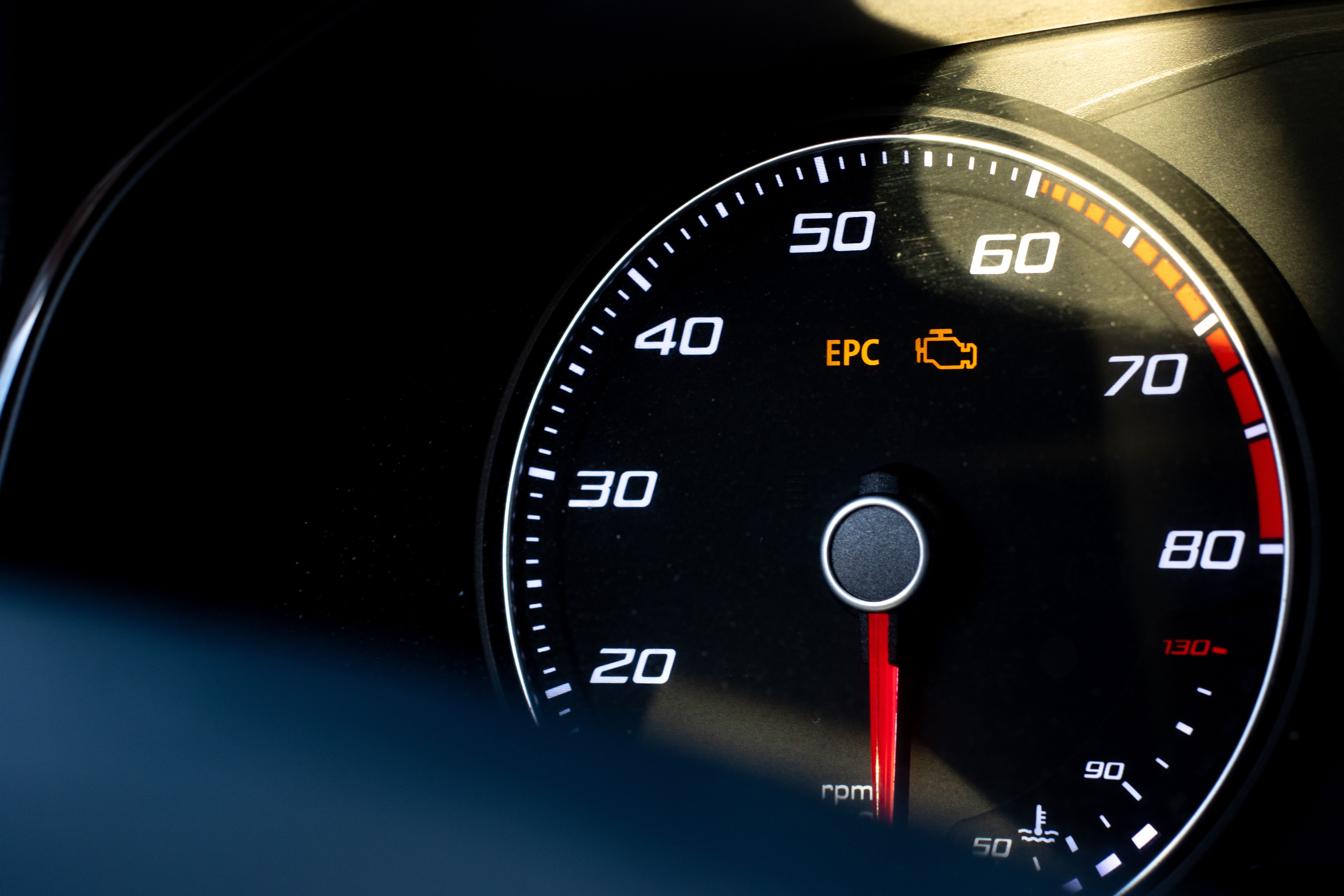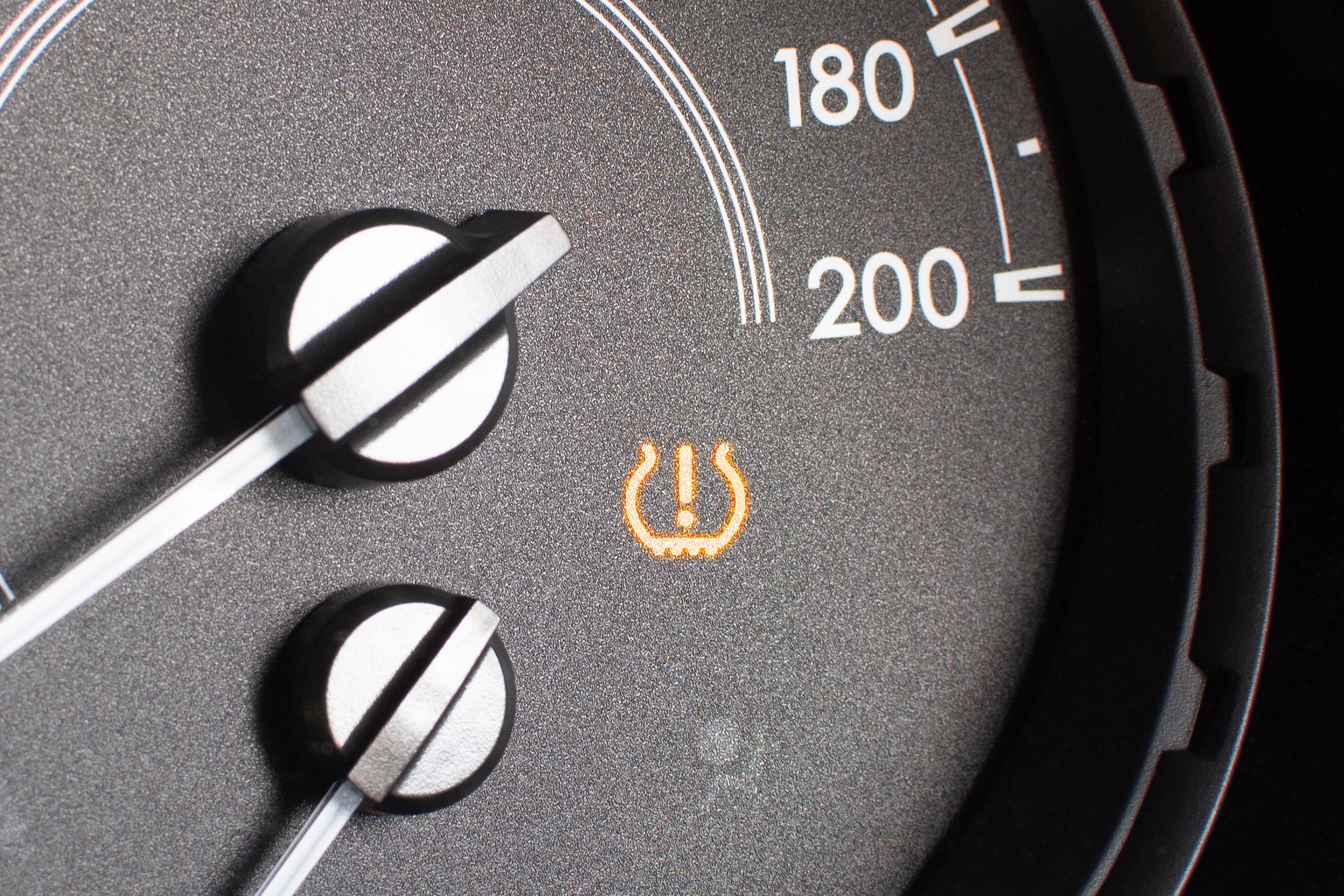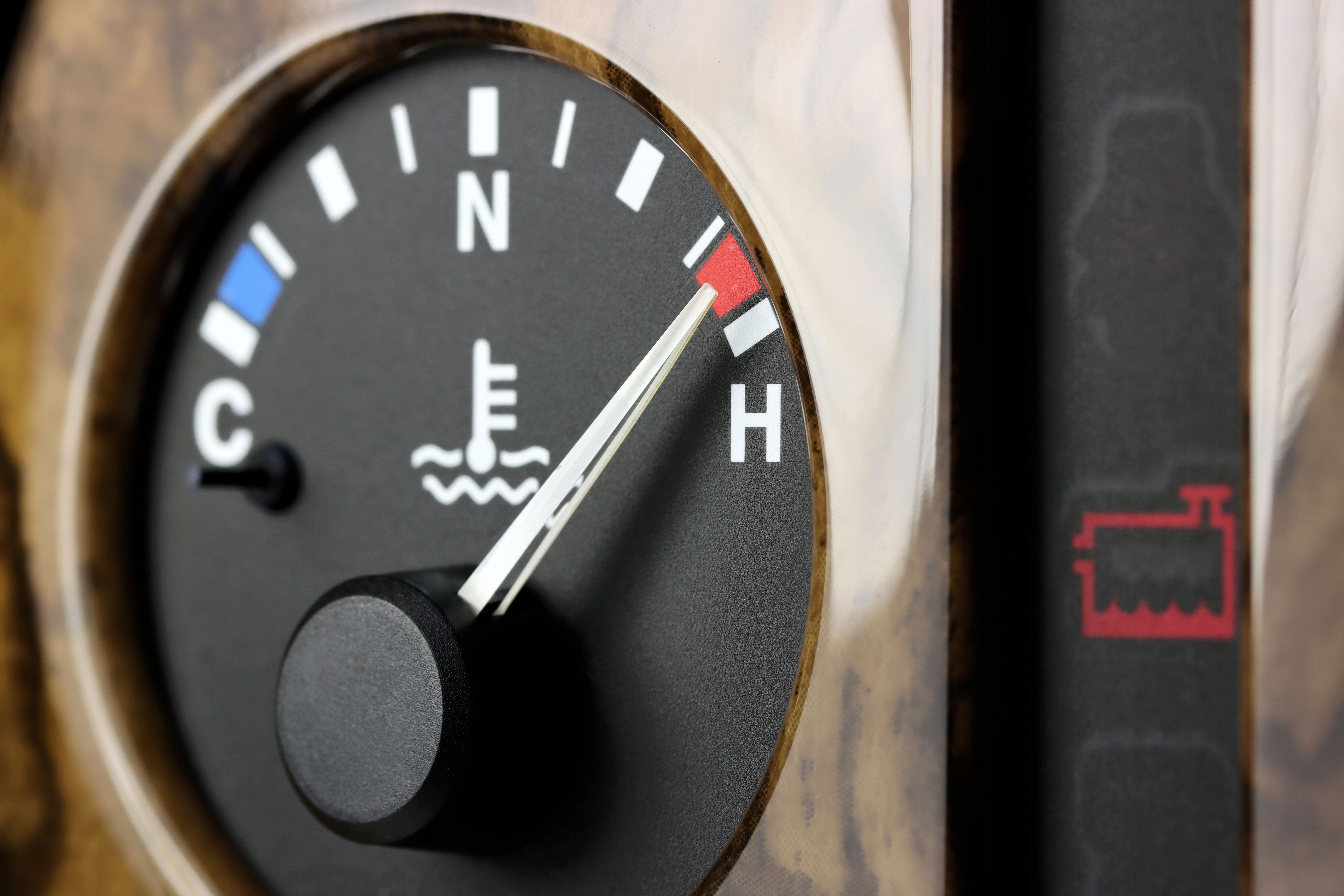Understanding Dashboard Warning Lights: What You Need to Know
Introduction to Dashboard Warning Lights
The dashboard of your vehicle is more than just a display of speed and fuel levels. It's a vital communication tool that alerts you to the health and status of your car. Understanding these dashboard warning lights is crucial for maintaining your vehicle's performance and safety. This guide will help you decipher what each symbol means and what actions you should take.

Common Dashboard Warning Lights
Check Engine Light
One of the most recognized warning lights is the Check Engine Light. It can indicate a range of issues, from a loose gas cap to more serious engine problems. If this light comes on, it's advisable to have your vehicle checked by a professional mechanic as soon as possible.
Oil Pressure Warning
The Oil Pressure Warning light resembles an oil can. When illuminated, it suggests that the oil pressure in your engine is too low, which can lead to severe engine damage. Stop the vehicle immediately and check your oil levels or consult with a mechanic.

Safety-Related Warning Lights
Brake System Alert
The Brake System Alert light is usually a red exclamation mark within a circle. It may indicate a problem with the brake system or low brake fluid levels. Ignoring this light can compromise your vehicle’s braking efficiency, so immediate attention is needed.
Tire Pressure Monitoring
This light, which looks like an exclamation mark within a horseshoe, signals that one or more tires have low pressure. Driving with improperly inflated tires can lead to uneven tire wear and diminished fuel efficiency. Regularly check your tire pressure to ensure safety.

Environmental and Comfort Indicators
Battery Alert
The Battery Alert light indicates an issue with your car's charging system. It might be due to a failing battery, alternator, or another electrical fault. Address this as soon as possible to avoid getting stranded with a dead battery.
Coolant Temperature Warning
If the Coolant Temperature Warning light appears, it suggests that the engine temperature is higher than normal. This can lead to overheating and significant engine damage if not addressed promptly. Check coolant levels and seek professional help if necessary.

Conclusion
Being familiar with your vehicle's dashboard warning lights can prevent minor issues from becoming major repairs. Regular maintenance and prompt attention to these indicators can enhance your driving experience and prolong the life of your car. Always refer to your vehicle's manual for specific guidance on each warning light.
